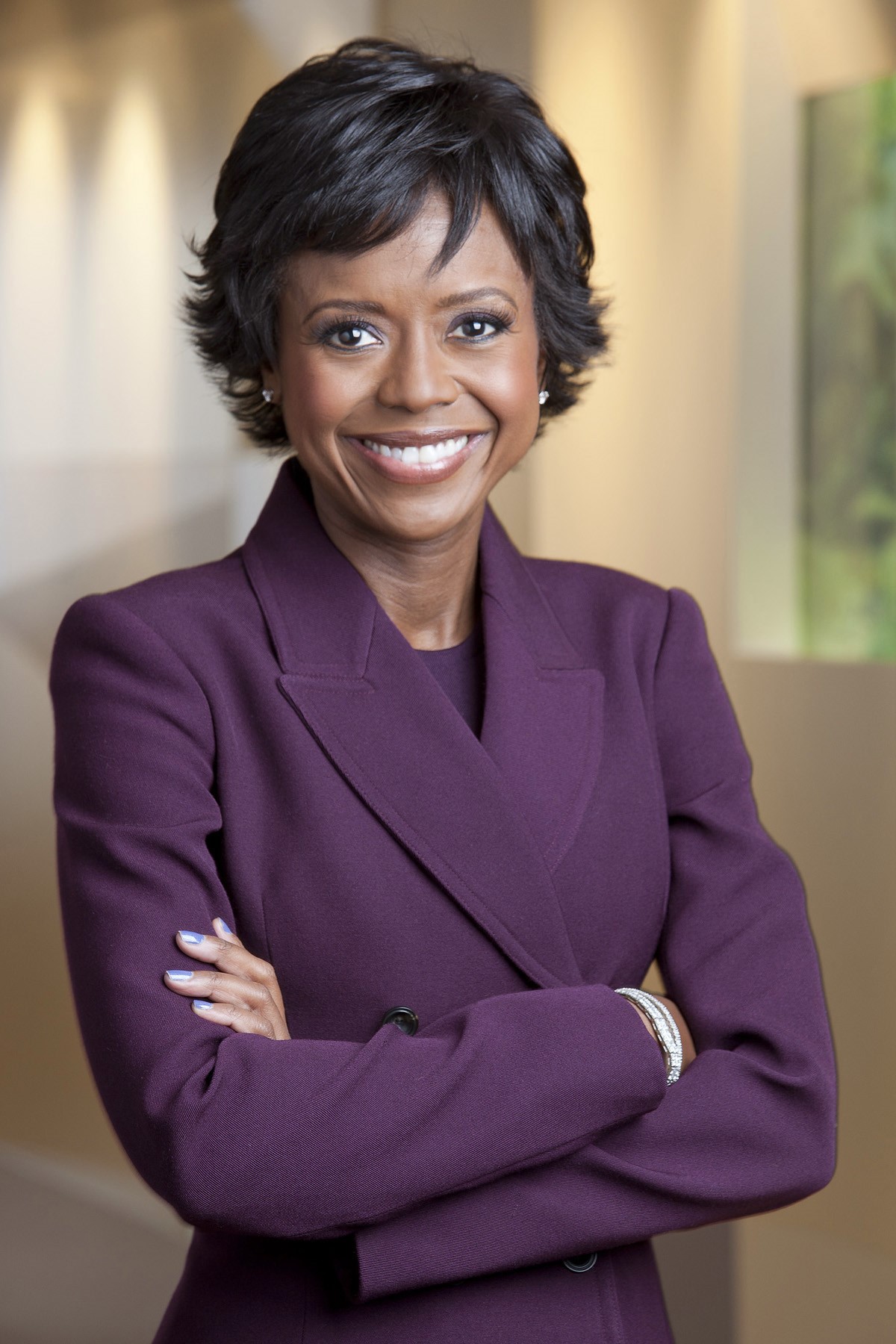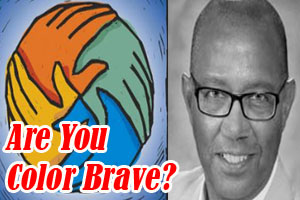February is Black History Month, as we all know. The shortest month of the year, yet (allegedly) our lone month to officially commemorate and celebrate the rich and important history of African American trailblazers and pioneers. Personally, I’ve never bought into that notion!
 My belief is that these same trailblazers and pioneers are not only worthy of mention during February, Black History Month, but praiseworthy enough to be included full-time, and on a permanent basis as part of American history, and major contributors to society and the world we live in today. Unfortunately, these stories are typically not captured as part of American history through our public education systems, and seldom adequately captured in secondary and post-advanced levels of public education, either.
My belief is that these same trailblazers and pioneers are not only worthy of mention during February, Black History Month, but praiseworthy enough to be included full-time, and on a permanent basis as part of American history, and major contributors to society and the world we live in today. Unfortunately, these stories are typically not captured as part of American history through our public education systems, and seldom adequately captured in secondary and post-advanced levels of public education, either.
So, my monthly blog, this February 2016 will be longer than most, so as not to conform to the shortest month of the year to celebrate African American history, and an earnest attempt to bring perspective to a serious matter we are facing every day in America. The serious matter is that RACE MATTERS!
I’ll begin from a larger, worldly perspective, and funnel down to a smaller and less significant, yet deeply personal, perspective that includes golf, the common topic among this audience of readers and followers of the African American Golfers Digest.
 On March 14, 2014, Mellody Hobson gave a sensational presentation on TED Talk.
On March 14, 2014, Mellody Hobson gave a sensational presentation on TED Talk.
The title of her speech was “Be Color Brave, Not Color Blind.” Mellody Hobson is a 46 year old, black female from Chicago, IL. She is an extraordinarily successful businesswoman who is currently the president of Ariel Investments, a financial management firm with over $10 billion in assets.
She was raised by a single mother, and went on to graduate from Princeton University prior to her stunning career as a financial investment guru and entrepreneur. She serves on numerous corporate board of directors, including Estee Lauder, Starbucks, and DreamWorks Animation. She is married to George Lucas, billionaire filmmaker, and creator of Star Wars.
Hobson’s list of clients and/or friends includes politicians, social activists, humanitarians, and entertainment celebrities such as Steven Spielberg, Oprah Winfrey, Samuel Jackson, Harrison Ford, and many more.
The overriding message from her TED Talk was “maybe we should be a little less anxious, and a little more bold in our conversations about race.” She stated that “the first step to solving any problem is to not hide from it…and the first step to any form of action is awareness.” Hobson contends that too many people practice color blindness, as opposed to being color brave.
Color blindness, to her, means ignoring problems with race. Instead, she says we should be color brave, embracing diversity and seeking occasions to proactively have open and honest dialogue about our similarities and differences regarding race. She went on to say that most blacks in corporate American spend their days trying to be comfortable being uncomfortable, a state of being nobody asks for, but necessary to successfully navigate the environment where we are so dramatically outnumbered, and culturally excluded.
In May 2012, the African American Golfers Digest published a blog I submitted titled “Race Matters.” In the blog, I referenced Dr. Cornell West, the Princeton University professor and author of the book with the same title. In the book, Dr. West introduced a the notion of double-consciousness, a phrase he described as a world where Black-Americans struggle for self-consciousness, and often times are measured, and even (sometimes) measure themselves, through the eyes of the majority race. They live “betwixt and between the Black and White worlds – traversing the borders between them yet never settled in either…they crave peer acceptance in both, receive genuine approval from neither.”
 In the blog, I likened my career in the golf industry to the double-consciousness and betwixt and between phrases used by Dr. West in his book. As a junior golfer, born and raised on the Southside of Chicago, I vividly recall being an outcast, of sorts, for playing competitive golf. I stood out like an oddball as a black contestant in all-white competitions. Interestingly, I also stood out as an oddball in my black neighborhood for the exact same reason…a black golfer in an all-white sport.
In the blog, I likened my career in the golf industry to the double-consciousness and betwixt and between phrases used by Dr. West in his book. As a junior golfer, born and raised on the Southside of Chicago, I vividly recall being an outcast, of sorts, for playing competitive golf. I stood out like an oddball as a black contestant in all-white competitions. Interestingly, I also stood out as an oddball in my black neighborhood for the exact same reason…a black golfer in an all-white sport.
As my career path led me to the business of golf, I quickly learned it would be no different. Maybe even worse! Imagine constantly walking into an environment where you are the only person of color, not on one occasion, but on nearly every occasion. Talk about learning to be comfortable being uncomfortable.
In her TED Talk, Mellody Hobson stated that people would find it weird to walk into a board meeting with only black men sitting around the table. Yet, they become accustomed to walking into the board room with only white men. Nobody questions the weirdness of that, and Hobson contends that it won’t change until we intentionally strive to change the environment, and speak up when we observe that sort of environment.
Twenty-five years ago, in 1990, it was time to speak up. The world of golf was shamed into investigating and exploring ways to bring more diversity into the game and industry. The incident that catalyzed this was the upcoming PGA Championship, at Shoal Creek in Birmingham, AL. At the time, the private club had no black members, and their president said they wouldn’t be pressured into allowing one to join. The controversy spread like a brush fire, and discriminatory practices in golf escalated beyond sports pages, to front page news. Individuals and corporations spoke up, and programs designed to create diversity sprouted up throughout golf communities.
 Fast forward to 2016, and it’s still time to speak up again! Economically, the sport of golf is soaring, as indicated in a recent Forbes Magazine article. The author wrote: “golf is a $68 billion industry with a total U.S. economic impact of $167.8 billion. Approximately 24.7 million people play the game, two million people are employed within the golf industry, earning $55.6 billion in annual wage income.”
Fast forward to 2016, and it’s still time to speak up again! Economically, the sport of golf is soaring, as indicated in a recent Forbes Magazine article. The author wrote: “golf is a $68 billion industry with a total U.S. economic impact of $167.8 billion. Approximately 24.7 million people play the game, two million people are employed within the golf industry, earning $55.6 billion in annual wage income.”
Yet, the demographics of the golf industry has not changed. The industry reeks of white power and privilege, and the beneficiaries of this economic boom are void of a significant sector of America…specifically, females and people of color. Thus, I can’t refrain from speaking up!
My good friend, Pete McDaniel, spoke up in his recent blog that asked: “Where is the Diversity?” He asked the question after attending the annual PGA Merchandise Show, January 2016, in Orlando, FL. In the article, Pete was apologetic in having to constantly repeat and bring attention to the lack of diversity in the business of golf. I commented to Pete that I feel his pain, and I, too, feel ashamed (and annoyed) that I must continue to be one who makes it a point to bring attention to the lack of diversity in a sport that is rising in popularity, economic strength, and social capital at every level of the corporate environment and structure.
The blatant lack of diversity in golf is disheartening to me, a person of color whose life evolved from playing the game competitively, to becoming a student/teacher of the game, promoting the game, and earning my living from involvement in the game. The exposure to golf has provided lasting memories for me and my family, and I’d like to see more individuals of color (and females) have similar experiences. Diversifying the sport would not only be the right thing to do, it would be the smart thing to do, since the demographics in America are ever-changing, and becoming more diverse and inclusive every day. The leaders in the golf industry need a wake-up call from those of us who refuse to be color-blind. Instead, we have chosen to be color brave!


